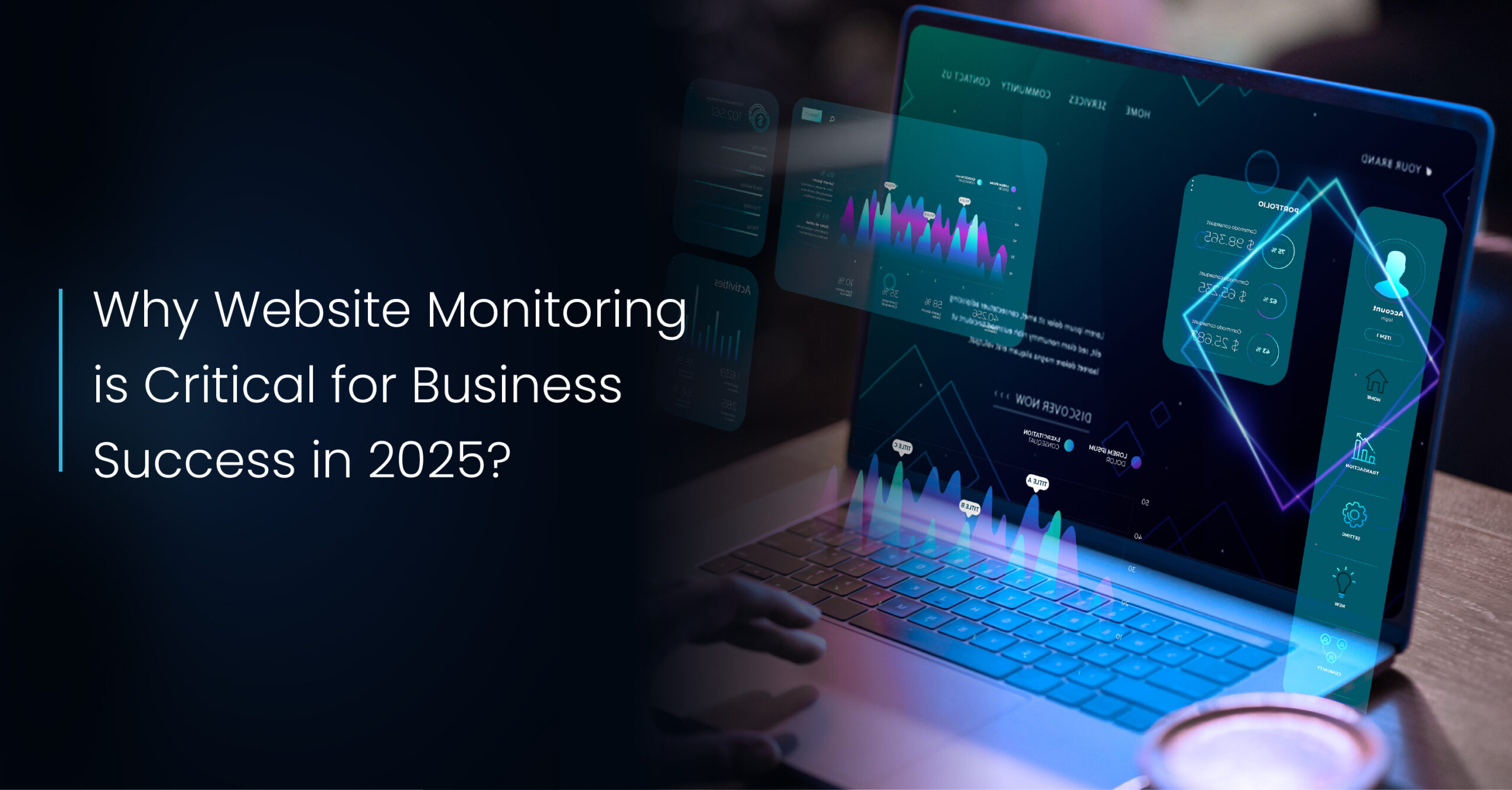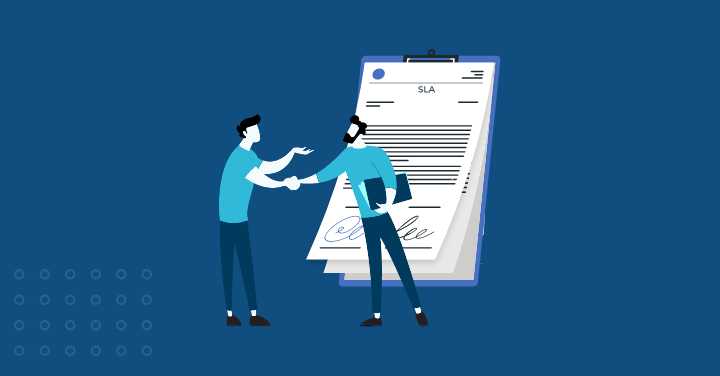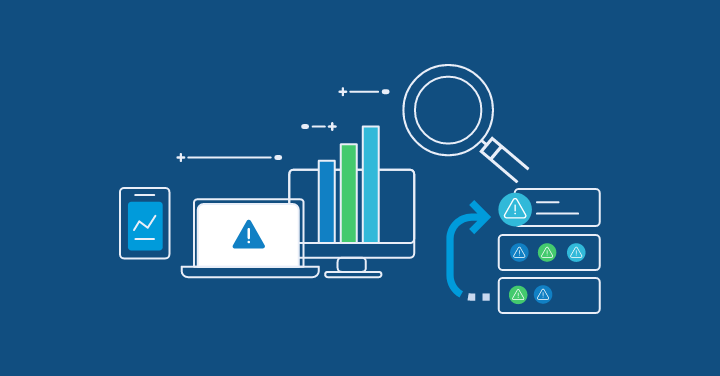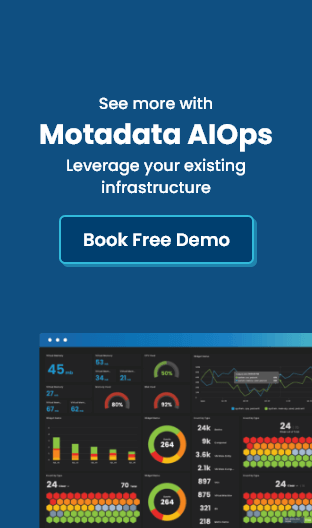In a multi-cloud environment, each cloud platform brings its unique tech stack to record events, manage services, set up configurations, manage user access and permissions, etc.
While this allows you to leverage the best-of-breed services from different cloud vendors, the complexity of this setup makes it challenging to detect and respond to anomalies across clouds in real-time.
AI-driven anomaly detection can bridge this gap, thereby allowing enterprises to proactively identify and address potential compliance issues.
How does this happen? Keep scrolling to learn.
Understanding Anomaly Detection
Anomaly detection entails identifying data points, behaviors, or patterns that deviate from an established norm.
From a compliance standpoint, these deviations can be unexpected user behavior, abnormal system performance, policy violations, or even sudden changes in policy configurations.
Traditional anomaly detection systems are reactive, i.e., they follow static “if-then” conditions set by human operations to flag known deviations. As a result, their effectiveness is limited to identifying anomalies that match these predetermined rules.
For example, consider this rule: “IF a user attempts more than 10 failed logins within 5 minutes, THEN flag as anomalous.” While this would work well for brute-force attacks, the system will fail to detect a more sophisticated anomaly where an attacker uses stolen credentials to log in and access sensitive data.
This legacy approach to detecting anomalies becomes all the more unreliable when applied to multi-cloud environments. Let’s see how.
The Compliance Challenge in Multi-Cloud Environments
Organizations with multi-cloud environments frequently face these four compliance challenges:
1. Lack of Centralized Visibility
The biggest challenge in multi-cloud setups is to see everything all at once.
Every cloud provider—whether that’s Azure, AWS, or Google Cloud—uses its own distinct systems to collect and log information. There’s no centralized system that combines all this data to give you a unified view of compliance across cloud environments.
2. Config Drift Across Environments
Configuration drift occurs when your infrastructure deviates from an intended baseline. This is common in multi-cloud setups because you might use different tools to set things up, someone might make manual changes, or rules can vary by region.
So, what’s considered secure in one cloud (say, AWS) might not directly apply or be properly configured on another (like Azure).
3. User & Entity Behavior Getting Lost in Noise
In a typical multi-cloud environment, a user may start their day by jumping between a UCaaS platform for meetings, a cloud-based productivity suite for documents, a CRM to manage data, and a workspace chat to stay in sync with colleagues—all in quick succession.
While each action is routine on its own, the lack of integration between these systems makes it difficult to interpret behavior in context.
When identity data and user activity are siloed, it becomes harder to understand how actions relate, or whether they should raise concern. That’s why traditional anomaly detection systems often flag normal behavior as suspicious, while subtle threats—like a compromised account slowly gathering sensitive data—slip by unnoticed.
4. Lack of Real-time Monitoring
Compliance violations, such as an unauthorized change or a misconfigured security setting, can cause damage in mere seconds.
Relying on methods like batch processes (analyzing data in large chunks later), periodic scans, or reviewing logs after the fact does more harm than good, forcing organizations into reactive compliance management.
Role of AI-Driven Anomaly Detection in Enhancing Compliance in Multi-Cloud Environments
AI-powered anomaly detection uses machine learning (ML) models to identify non-compliance.
Unlike the traditional approach, AI systems continuously learn from past activity, contextual metadata, and real-time signals. As a result, they are dynamic and can automatically adjust to account for legitimate and illegitimate compliance variations in the norm.
Let’s break down how this works and explore four different ways AI enhances compliance in multi-cloud environments:
1. Real-Time Cross-Cloud Anomaly Correlation
AI models are capable of correlating activity across cloud platforms through real-time monitoring. This means that they can pull all activity data (like logs from AWS CloudTrail, Azure Activity Logs, and GCP Cloud Audit Logs) into one central system for analysis.
The data is then standardized, time-stamped, and enriched with contextual details, such as user role, region, asset criticality, etc.
Once this is in place, the model establishes a baseline to understand what “normal” behavior looks like for users, workloads, and resources, both within individual clouds and across the multi-setup.
This way, when an unusual event happens (say, a user accesses highly sensitive data in Google Cloud, followed by a rapid increase in their access permissions in AWS), AI quickly connects the dots.
2. Reducing Alert Noise with Precision
False positives are a common occurrence in a legacy anomaly detection system.
AI, on the other hand, applies techniques such as contextual storing, behavioral baselining, and dynamic thresholding to distinguish real problems from all the noise.
Let’s understand this with an example. Imagine a DevOps engineer making changes to security policies during a software update. While a traditional system might flag this as suspicious, an AI model will analyze how often this happens, the order of changes, and the engineer’s past behavior.
If these actions sharply differ from what’s normal for that engineer (like using elevated permissions or touching new systems), the AI will raise a high-priority alert.
Additionally, the model improves itself over time based on feedback. That is, it understands and remembers which false positives were ignored and which alerts were quickly acknowledged.
3. Behavioral Analytics for Identity and Access Management (IAM)
To ensure IAM compliance, the AI model creates behavioral profiles for every identity, human or machine. It identifies the typical behavior for each identity: which services they usually use, when they log in, from where, and what actions they usually perform.
So, if a user suddenly accesses a service they’ve never touched before, the AI sees it as a high-risk change.
What makes this approach highly effective is the granularity of behavioral comparison.
This challenge is particularly acute with UCaaS platforms, where users can access customer conversation records, contact databases, and communication logs across multiple integrated systems. A sales manager might typically use UCaaS during business hours from their office location, but AI can detect when the same credentials are used to access sensitive customer data at unusual hours or from different geographic regions.
In the example above, the AI doesn’t just flag access to a restricted service, but it considers the combination of actions, time, device, and privilege level to identify malicious insiders as well as compromised accounts.
4. Continuous Control Monitoring
AI-powered anomaly detection facilitates continuous control monitoring by ingesting real-time data (configuration data, API call logs, and live changes) from various cloud platforms and matching it against your predefined policies.
This level of preventive monitoring enables you to identify anomalies across cloud assets even when they do not yet constitute a full violation.
Key Benefits of AI-Driven Anomaly Detection
Through intelligent anomaly detection, AI fundamentally shifts how risks are mitigated and compliance is maintained in a multi-cloud infrastructure.
Here are some reasons why you must invest in anomaly detection in the cloud:
1. Faster Incident Response
Compared to traditional, reactive anomaly detection systems, AI models enable faster detection, triage, and escalation of critical issues.
They not only flag anomalies early but also automatically route them to the right team with context. This significantly cuts down the time engineers spend figuring out what went wrong and where.
2. Better Audit Readiness
AI-driven anomaly detection makes audit preparation much simpler by keeping a real-time and secure record of anomalous activities, control effectiveness, and incident resolution.
So, instead of manually gathering logs and documents when auditors arrive, organizations can rely on this continuously and automatically maintained evidence trail.
3. Support for Evolving Regulatory Frameworks
AI systems can evaluate whether emerging behaviors across cloud environments align with evolving regulatory requirements.
They can quickly adapt to policy shifts by learning patterns associated with compliance objectives, such as data locality, encryption enforcement, and so on.
As a result, it’s easier to fine-tune these models to reflect new compliance parameters.
4. Risk-Based Prioritization
Contextual risk-based prioritization is a must for any complex multi-cloud environment, and AI models deliver just that.
They assess risks on various grounds, including asset criticality, data sensitivity, threat proximity, historical behavior, and potential compliance impact, before prioritizing them accordingly.
This allows teams to immediately focus on the events that pose the highest risk to their business.
Real-World Use Cases
The two real-world use cases below illustrate how companies can leverage AI-driven anomaly detection for cloud security and strengthen compliance in multi-cloud environments:
1. Identifying Misconfigured Data Stores Violating GDPR
Consider a European retail enterprise with workloads distributed across GCP and AWS.
During a routine migration, a storage bucket in a non-EU region starts receiving files containing customer data, which, according to GDPR, must stay within specific geographic boundaries.
With AI-powered anomaly detection in place, the organization can reroute data appropriately, document the issue, and avoid GDPR violations.
Also, the system automatically triggers a review of related data flows to ensure no other violations have occurred across the setup.
2. Monitoring Privileged Access Abuse in DevOps Workflows
In companies that rely on automated DevOps pipelines, privileged access accounts are often used to deploy code and manage cloud resources.
Now, imagine a scenario where such an account suddenly starts performing actions it typically doesn’t.
For example, modifying identity and access policies.
Thanks to behavior analytics, the AI models quickly catch this deviation because it had learned that this account historically never executed such commands outside approved deployment windows.
Therefore, it classifies the activity as high-risk and alerts the security team, even though the credentials used were valid.
Upon inspecting the pipeline, the team discovers that a token had been compromised and updates the role-based access policies to reduce exposure.
Best Practices for Implementation
Now, let’s go through some proven methods to implement AI-driven anomaly detection for multi-cloud setups the right way:
1. Start with a Baseline Model Per Cloud Environment
Choosing a one-size-fits-all detection model can be a quick fix, but it will be ineffective in the long run since every cloud platform has a unique architecture.
Therefore, it’s best to build a separate baseline behavioral model for each environment and train the models on the historical behavior and patterns specific to each cloud.
Over time, these baselines can be refined to adapt to legitimate changes in infrastructure.
This lets you decentralize detection for precision while centralizing correlation, prioritization, and response.
2. Integrate with Existing SIEM/SOAR Pipelines
Security Information and Event Management (SIEM) and Security Orchestration, Automation, and Response (SOAR) pipelines form the backbone of the incident response for most organizations.
Plugging AI-driven anomaly detection directly into this architecture can ensure that security teams don’t have to monitor a parallel, siloed flow of AI-generated anomalies.
As a result, they can quickly investigate and respond to such compliance deviations.
3. Monitor Both Technical and Behavioral Analytics
A balanced monitoring strategy includes monitoring both technical events (firewall rule changes, encryption policy violations) and behavioral patterns (users accessing unfamiliar services, working across regions).
It is this dual-layered visibility that enables organizations to move toward more adaptive, risk-informed compliance operations.
For example, attempts to bypass identity controls using synthetic voice inputs created with an accent generator may go unnoticed without behavioral context-aware anomaly detection.
Future Outlook
The role of AI-driven anomaly detection for multi-cloud security and compliance continues to evolve.
While today’s systems are already redefining how companies identify and react to unusual activities, future advancements will push automation and intelligence even further.
Let’s take a look at these emerging capabilities:
1. GenAI for Policy Mapping
Generative AI can automate policy interpretation and mapping.
This means that instead of manually reviewing compliance mandates and then translating them into monitoring rules, GenAI models will be responsible for processing regulatory texts and creating ready-to-deploy control mappings.
This will not only speed things up but also minimize human errors.
Over time, this could enable a more responsive, audit-ready posture for multi-cloud environments.
2. Compliance-as-Code Powered by AI
Compliance-as-Code (CaC) refers to encoding rules and policies directly into the deployment pipelines instead of documenting them in spreadsheets or PDFs.
This way, organizations can automatically apply, test, and monitor them across their entire cloud infrastructure.
When combined with AI, these systems can detect when the deployed environment starts drifting from the coded policies, alert teams, and even propose updates to the policy code itself for compliance.
Ensure Multi-Cloud Infrastructure Compliance
Where legacy systems fail, AI models succeed at offering real-time insights into deviations, thus making proactive identification and remediation a possibility.
Most importantly, their ability to instantly analyze vast datasets to uncover patterns and correlations surpasses manual detection.
All this, when integrated into a multi-cloud infrastructure, strengthens the overall security and compliance posture of an organization.
As a result, businesses can enhance operational efficiency and allocate resources better, leaving complex decision-making processes to humans.
Motadata provides deep, AI-driven visibility into your entire cloud layer so that you can quickly identify high-risk anomalies and separate them from the noise.
With powerful capabilities, such as low-level data collection, real-time scanning, and machine learning-powered alerting, Motadata equips you with broad monitoring capabilities to meet the demands of modern IT infrastructures.
Schedule a demo today to see how Motadata can help your organization maintain multi-cloud compliance proactively.






